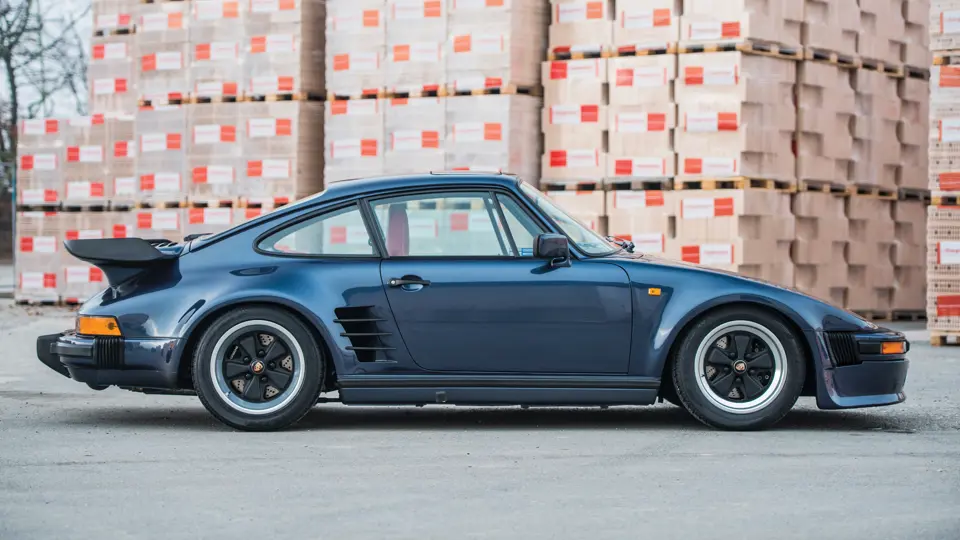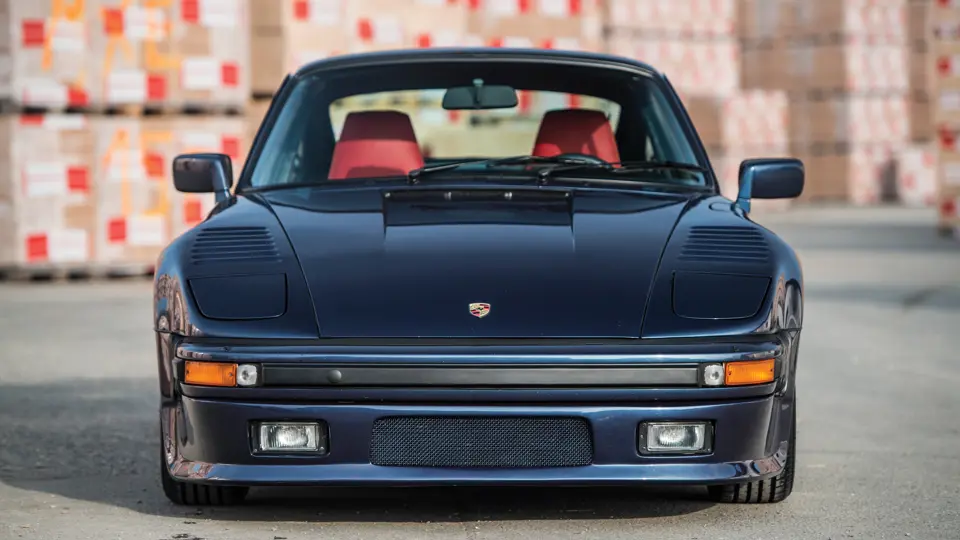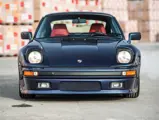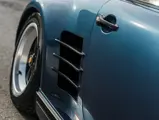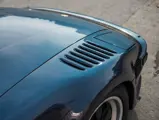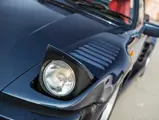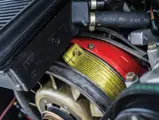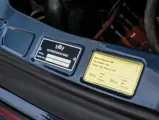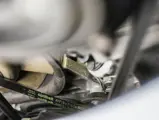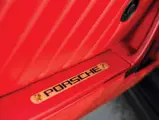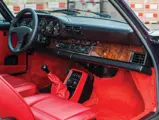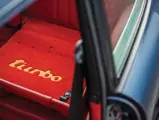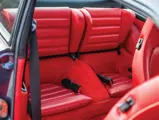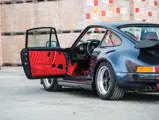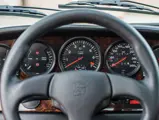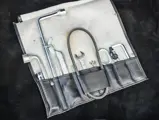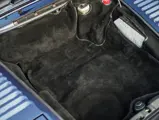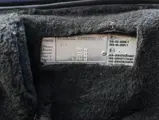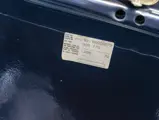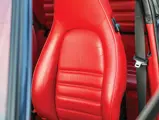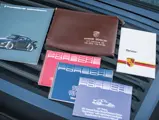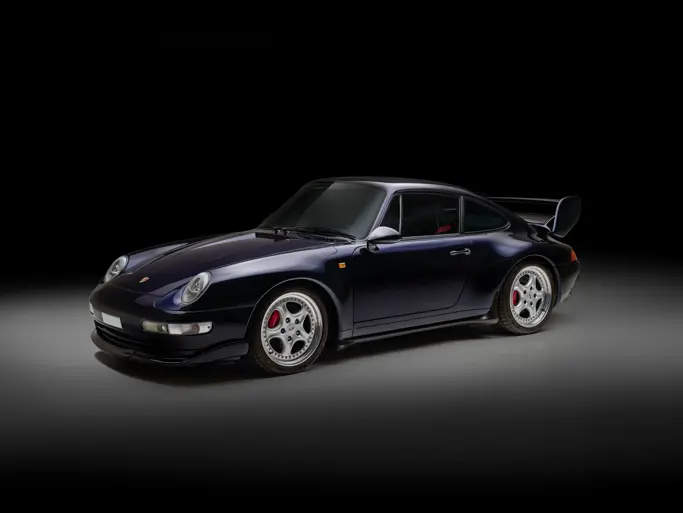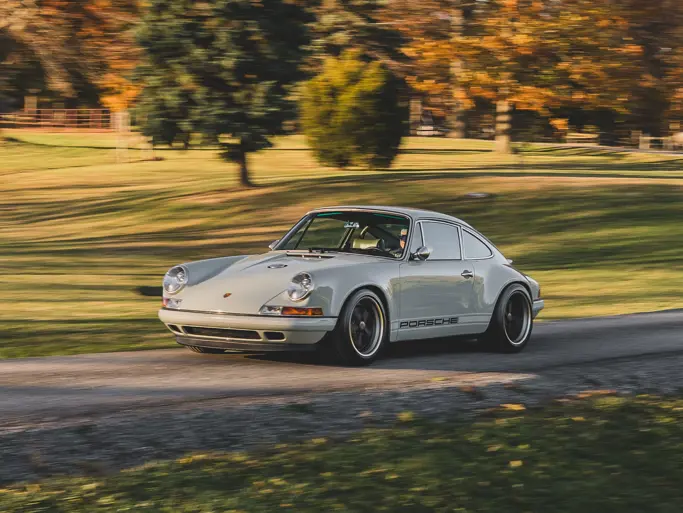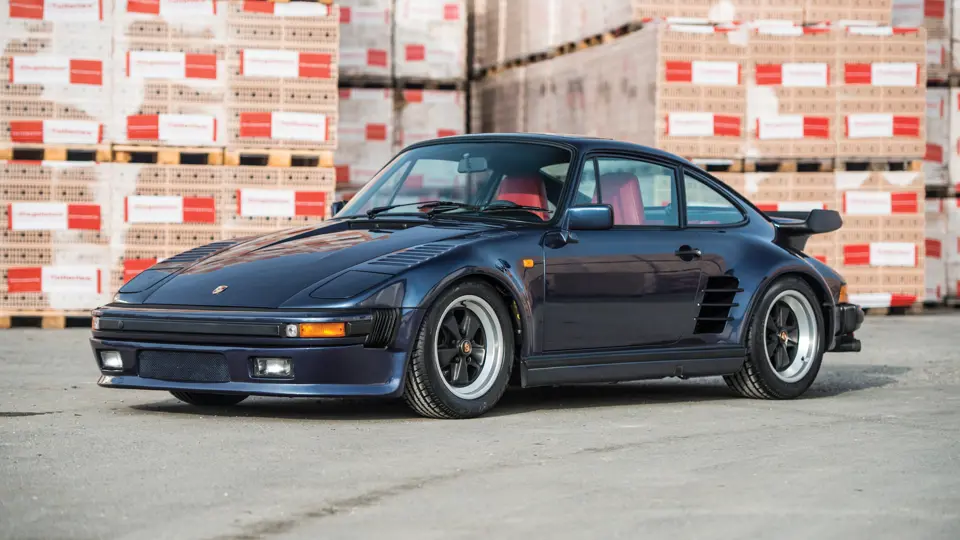
1986 Porsche 911 Turbo 'Flat-Nose' Coupe
{{lr.item.text}}
€140,000 EUR | Sold
Offered from an exceptional Swiss Porsche Collection
{{bidding.lot.reserveStatusFormatted}}
- Offered from an exceptional Swiss Porsche collection
- One of 948 Flachbau-optioned 930s produced by the factory
- Just two owners and 29,281 kilometres from new
- Issue d'une exceptionelle collection Porsche en Suisse
- Une des 948 Porsche 930 avec l’option "Flachbau" ("nez plat") produites par l’usine
- Deux propriétaires seulement et 29 281 km depuis l’origine
Type 930. 300 bhp, 3,299 cc SOHC horizontally opposed air-cooled six-cylinder engine with a single turbocharger and Bosch electronic fuel injection, four-speed manual transmission, independent front and rear suspension, and ventilated and cross-drilled power disc brakes. Wheelbase: 2,272 mm
Type 930. Moteur six-cylindres à plat refroidi par air, 3 299 cm³, 1 ACT par banc, 300 ch, turbocompresseur et injection électronique Bosch, transmission manuelle à cinq rapports, suspension avant et arrière indépendante, freins à disque ventilés et percés sur les quatre roues. Empattement : 2 272 mm
The Porsche 911 has one of the most recognisable side profiles the world around: the upright headlights flowing to the A pillars providing a smooth line that draws the eye back to the joint of the sloping hood and the classic whale tail spoiler. A 911 just isn’t a 911 without this look – except when it’s a Flachbau.
In 1978, the 911 Turbo was upgraded yet again to the Turbo 3.3 – a 3,299-cubic centimetre engine equipped for the first time with an intercooler. Filling the cylinders with cool air not only allowed for a higher compression ratio of 7.0:1, but also allowed for better fuel efficiency. The uprated engine produced a power output of 300 brake horsepower, an increase of 40 horsepower over the previous 3.0-litre version.
The performance of the Turbo was at its ultimate peak and was Germany’s fastest production sports car. Rumour has it that in 1981, a racing sponsor and 930 owner was so inspired by the model’s performance that he asked Porsche to make it into a Type 935 look-alike – they responded by giving buyers the option of the Flachbau, or ‘Flat Nose’. The ‘Flat Nose’ changed the iconic look of the 911, turning the prominent headlights into flip-up versions and adding vents behind the driver’s door. The ‘Flat Nose’ came at a premium, as each car had to have the fender hand shaped; as such, only 948 were made.
Offered here in Dark Purple with red interior, and with only 29,281 kilometres on the odometer from new, this particular Flachbau was delivered new to Switzerland and has had just two owners from new and still sports its original paint. The car currently sports an aftermarket steering wheel but will be offered with the original steering wheel as well.
La Porsche 911 affiche un des profils les plus reconnaissables de la production automobile, avec ses phares verticaux suivis d'une ligne d'aile qui se poursuit sans interruption jusqu'à l'arrière effilé et l'aileron classique en queue de requin. Une 911 ne peut pas être une 911 sans présenter cette apparence, sauf s’il s’agit d’une "Flachbau" ("nez plat").
En 1978, la 911 Turbo était encore améliorée, devenant la Turbo 3.3, avec le nouveau moteur de 3 299 cm³ équipé pour la première fois d’un échangeur. Alimenter les cylindres en air frais permettait non seulement d’augmenter le taux de compression à 7 : 1, mais aussi d’optimiser la gestion du carburant. Le moteur amélioré développait désormais la puissance de 300 ch, soit une augmentation de 40 ch par rapport à la précédente version 3 litres.
La Turbo avait atteint son pic de performances et pouvait se vanter d’être la voiture de sport allemande la plus rapide. La rumeur indique qu’en 1981, un des sponsors de Porsche en compétition, lui-même propriétaire d’une 930, était tellement impressionné par les performances de la 935 en course qu’il demanda à Porsche de modifier sa propre voiture pour qu’elle lui ressemble. La firme proposa alors à ses clients l’option "Flachbau", ou "nez plat". Ce dessin de la partie avant a modifié l’allure emblématique de la 911, écartant les traditionnels phares proéminents au profit d'optiques escamotables, et en ajoutant des ouïes d’aération à l’arrière des portes. La version "Flachbau" imposait un supplément de prix, dans la mesure où les ailes devaient être modifiées de façon artisanale ; ainsi, seuls 948 exemplaires ont été réalisés.
Proposé dans une couleur violet foncé avec intérieur rouge, et n’affichant que 29 281 km d'origine, cet exemplaire de "Flachbau" a été livré neuf en Suisse et n’a connu que deux propriétaires. Cette voiture, encore revêtue de sa peinture d'origine, est actuellement équipée d’un volant monté ultérieurement, mais son volant d’origine sera livré avec.
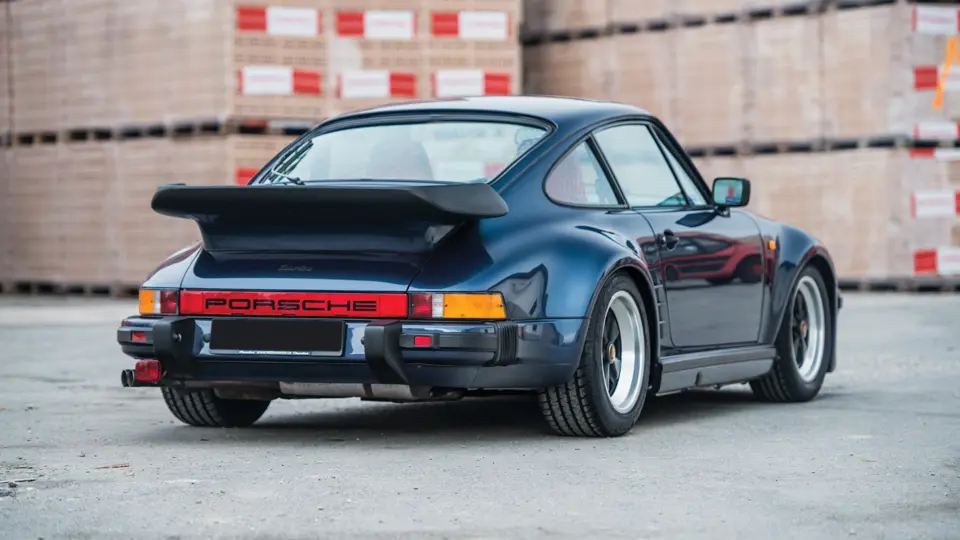





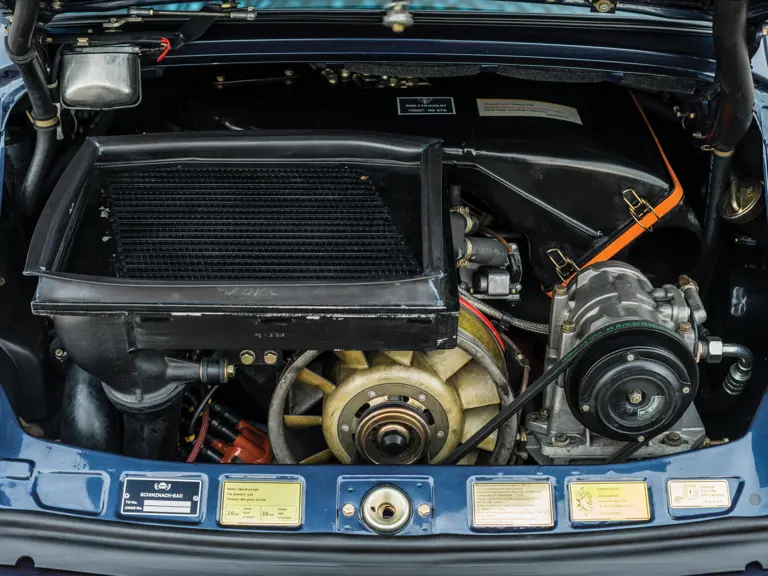
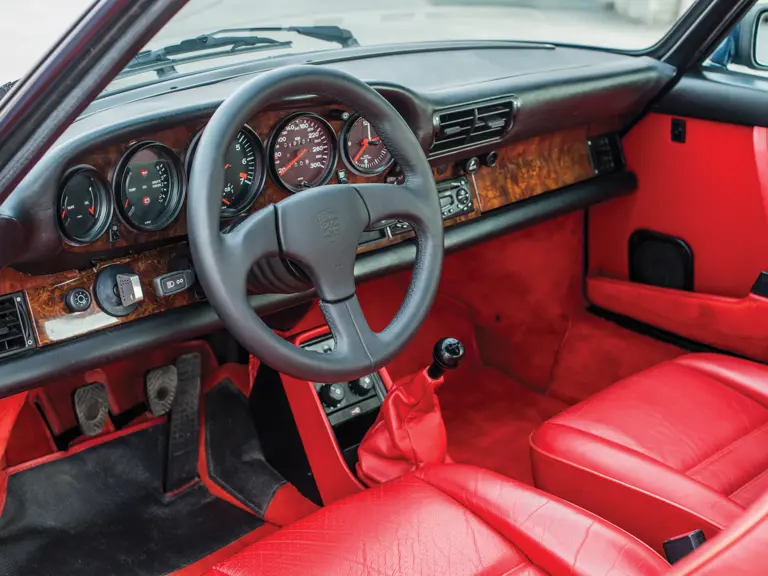

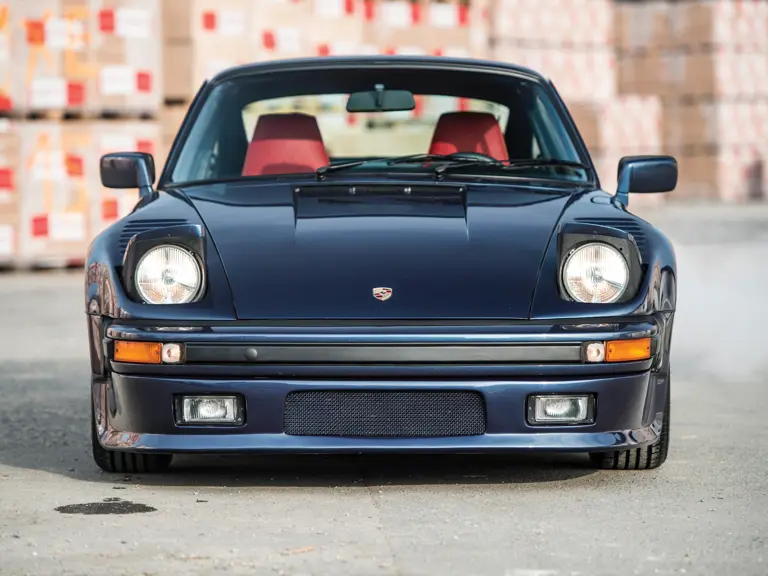
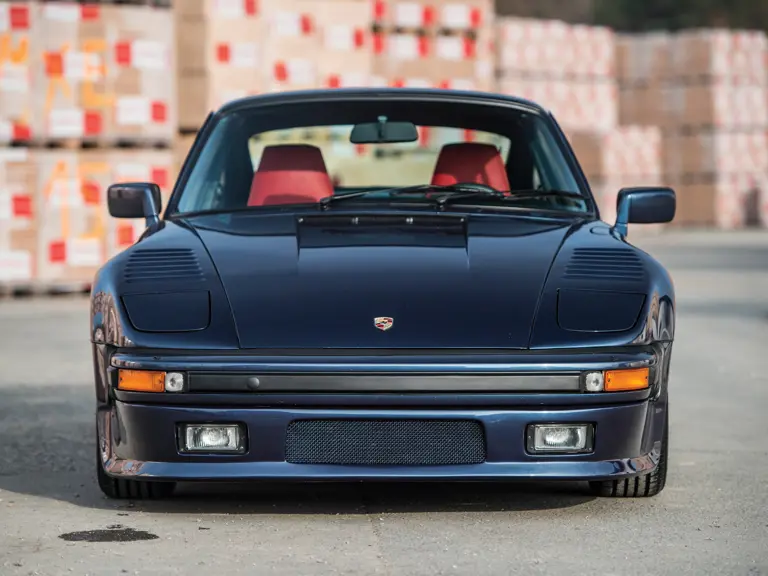
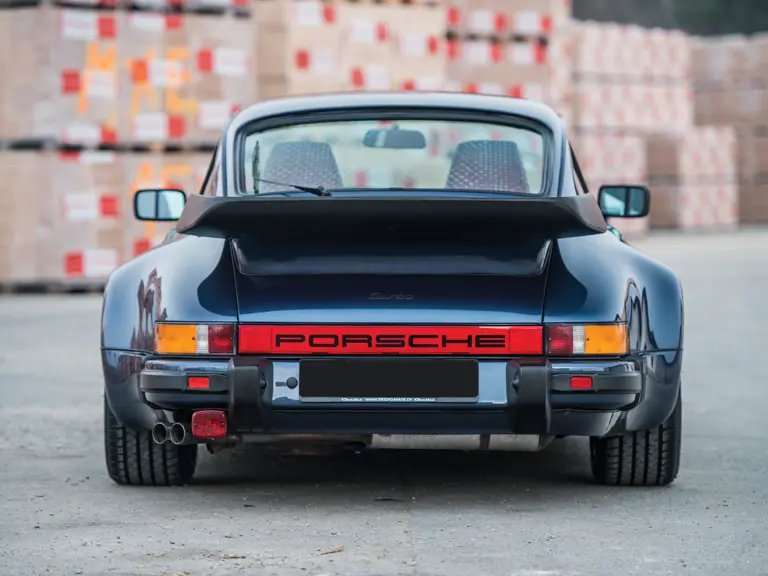
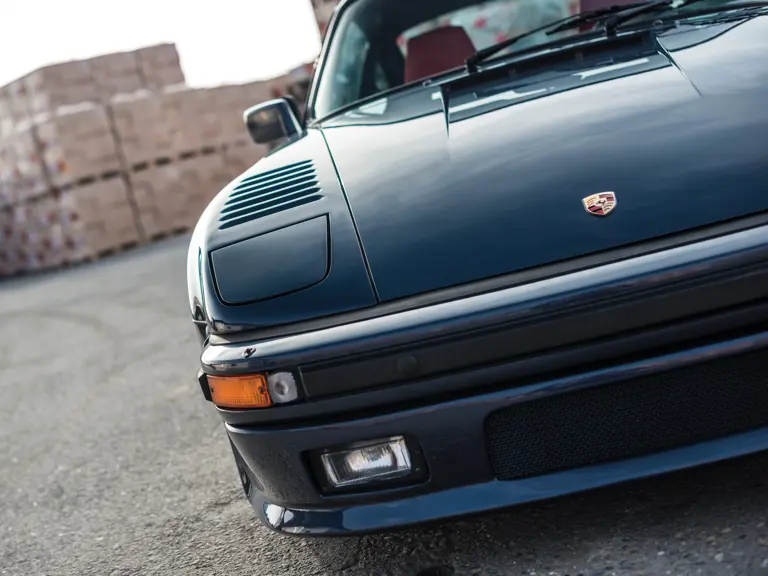

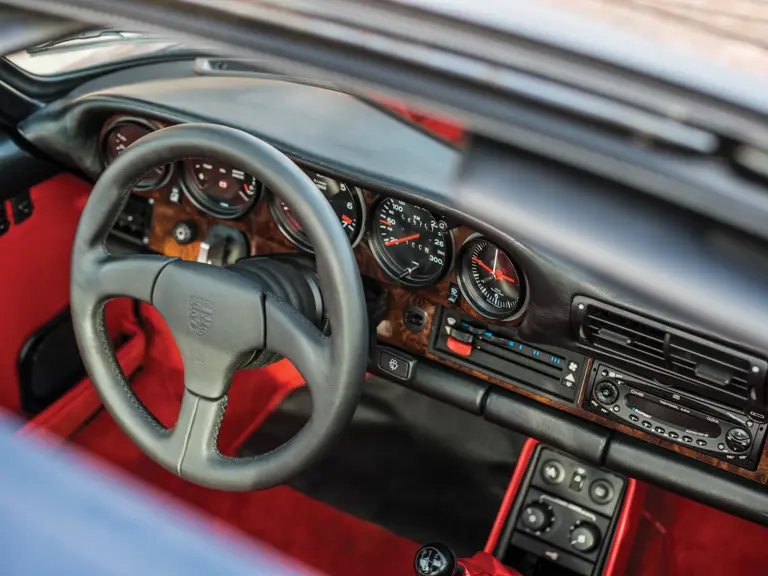
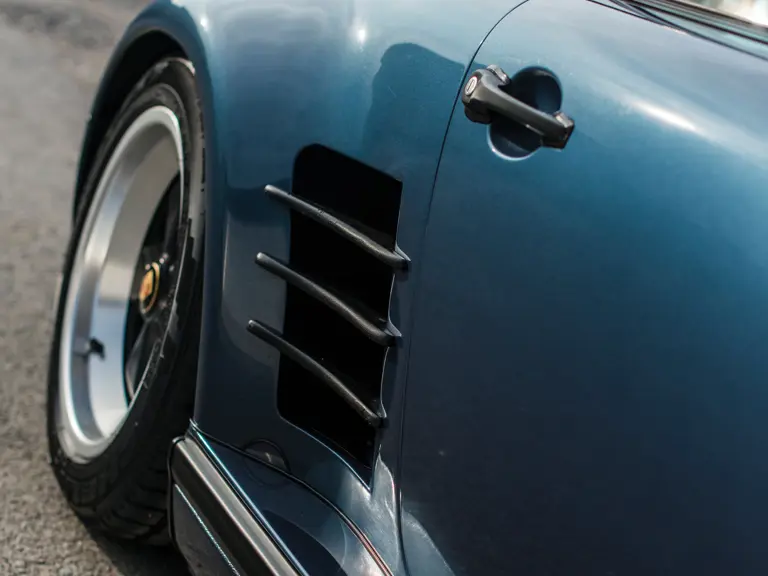
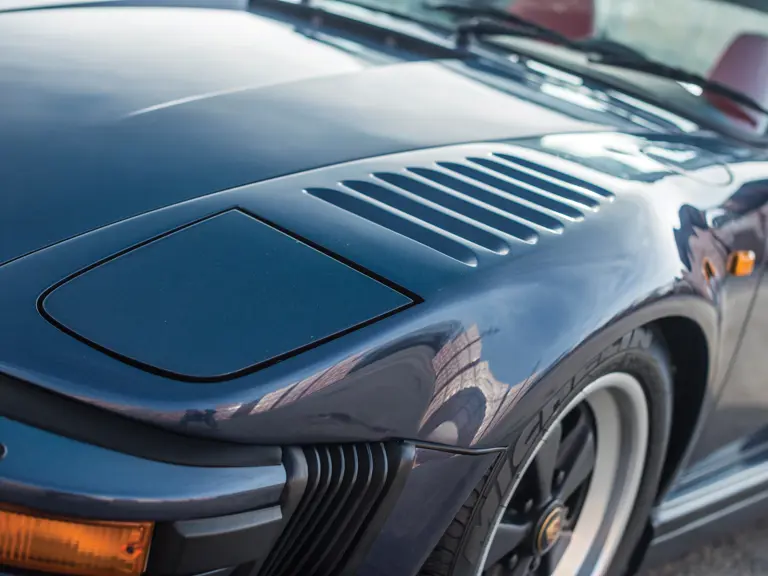
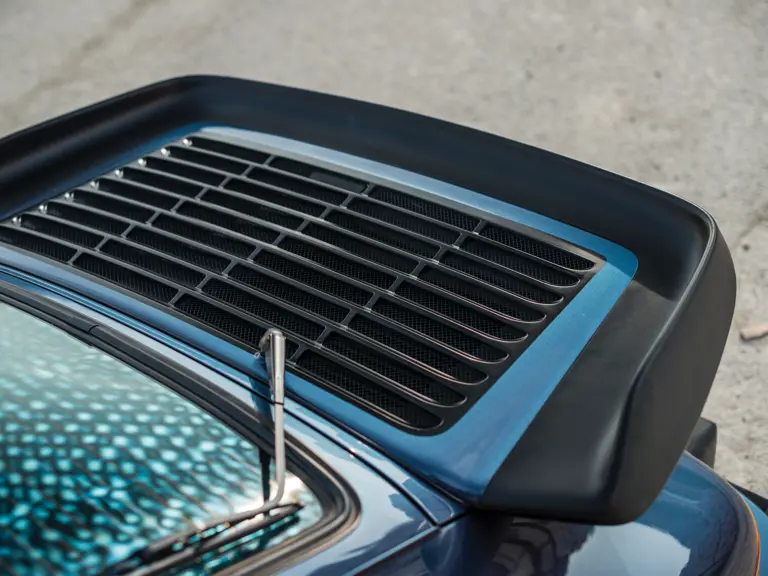
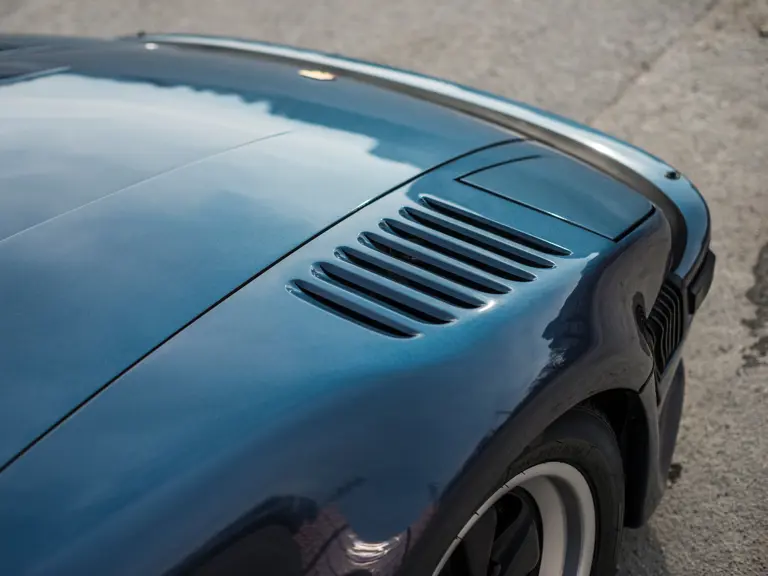
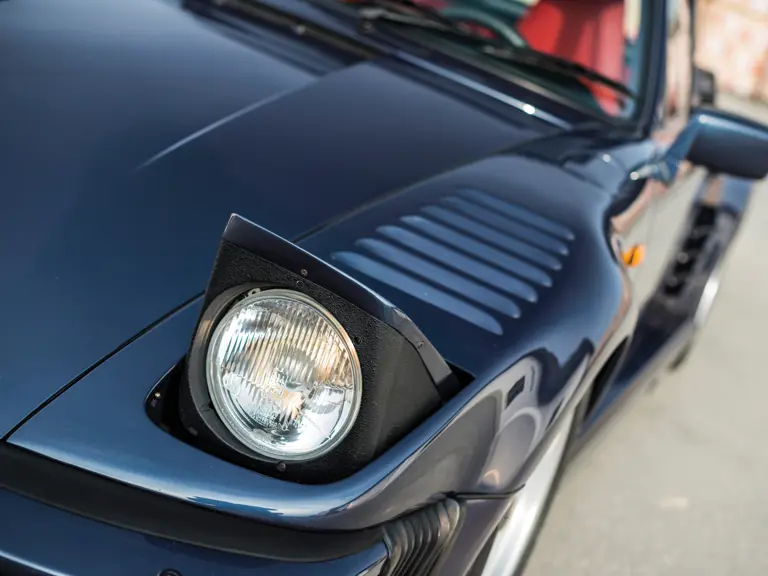
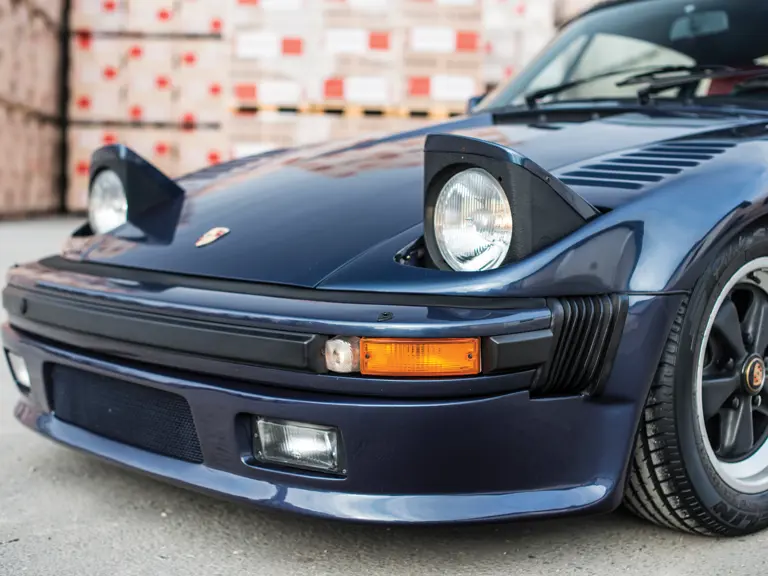
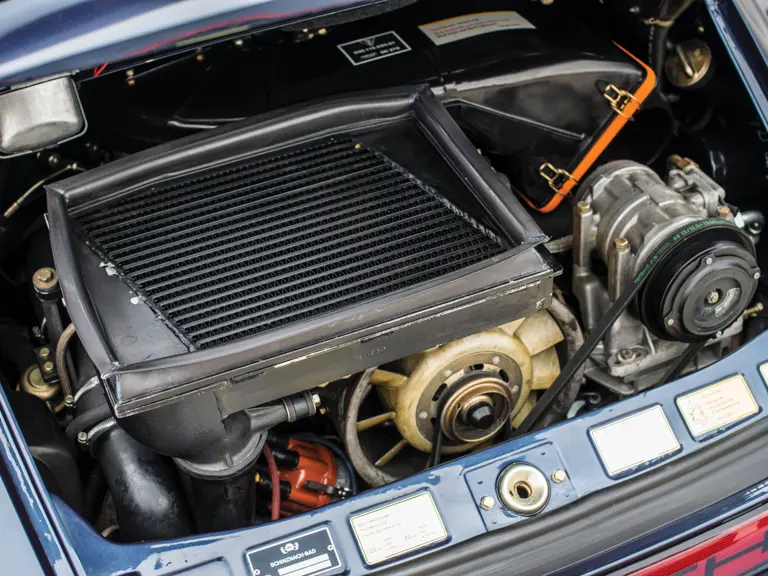
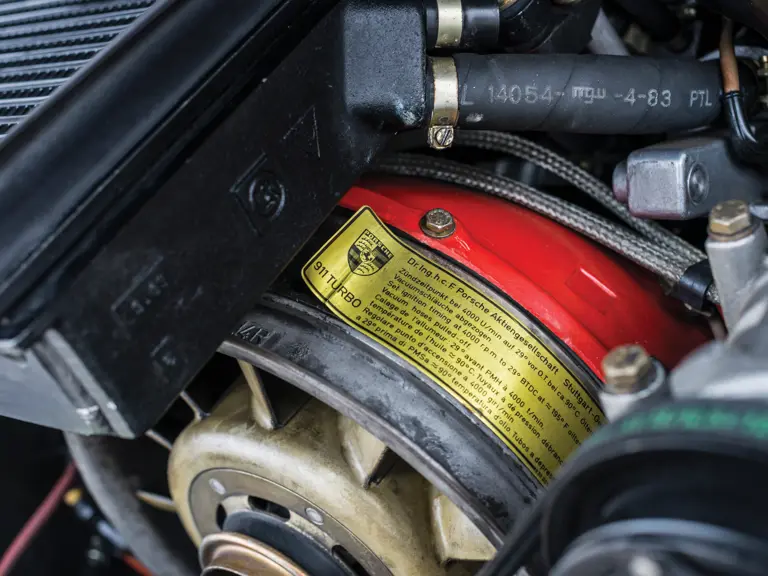


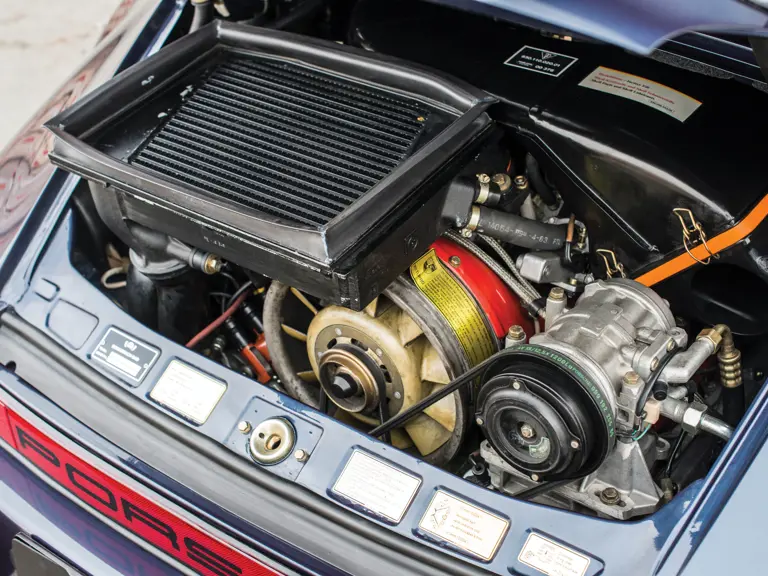




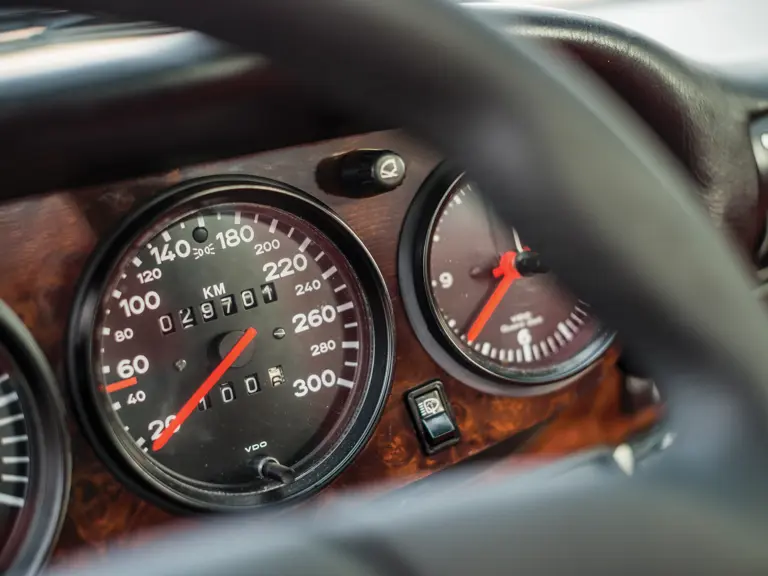

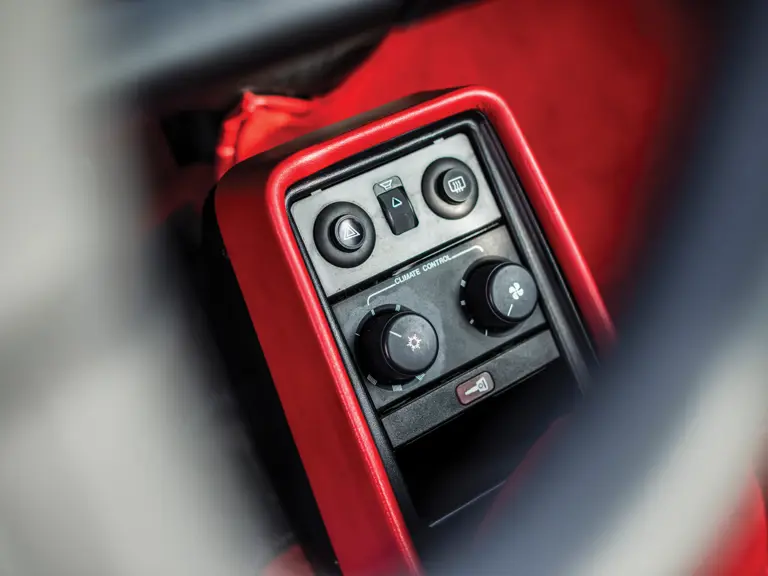
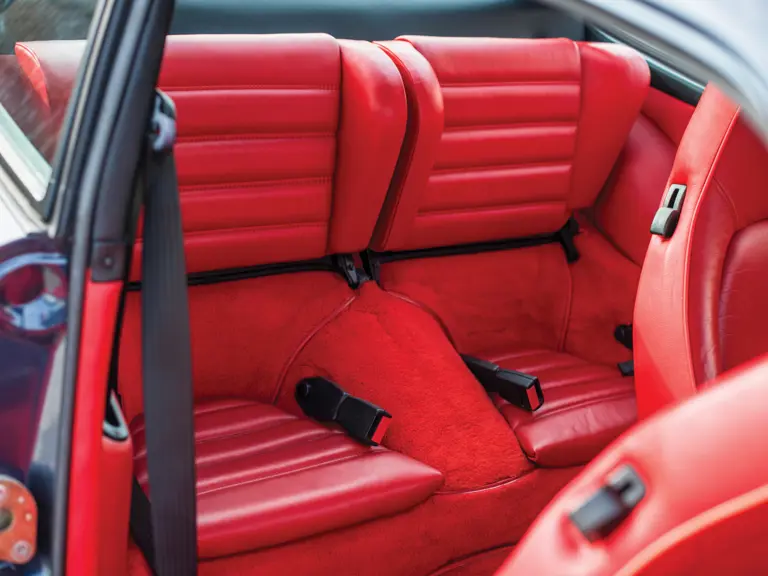

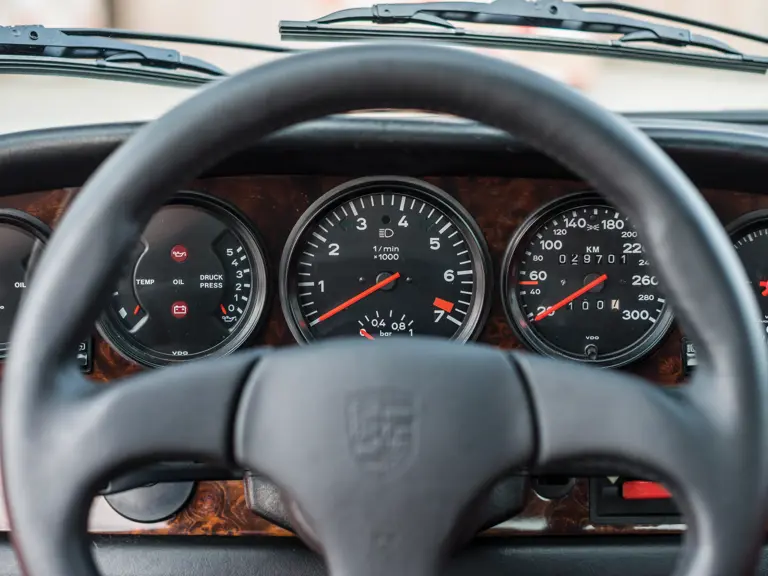

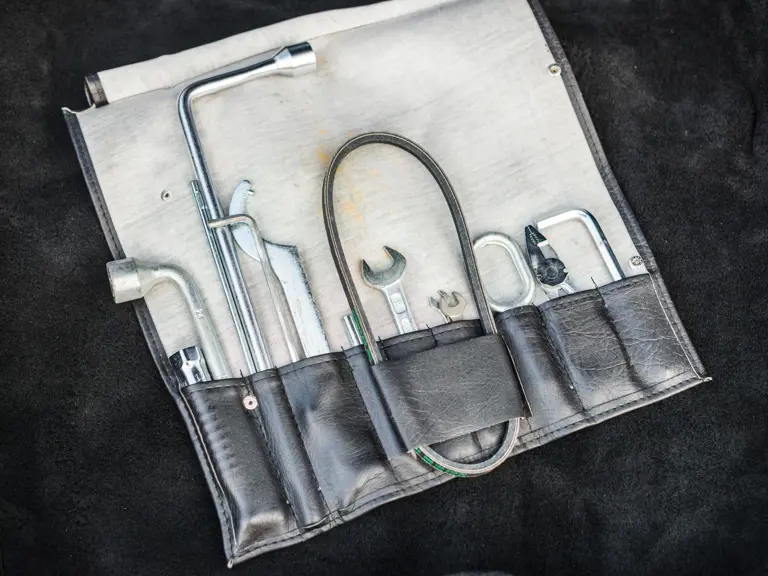
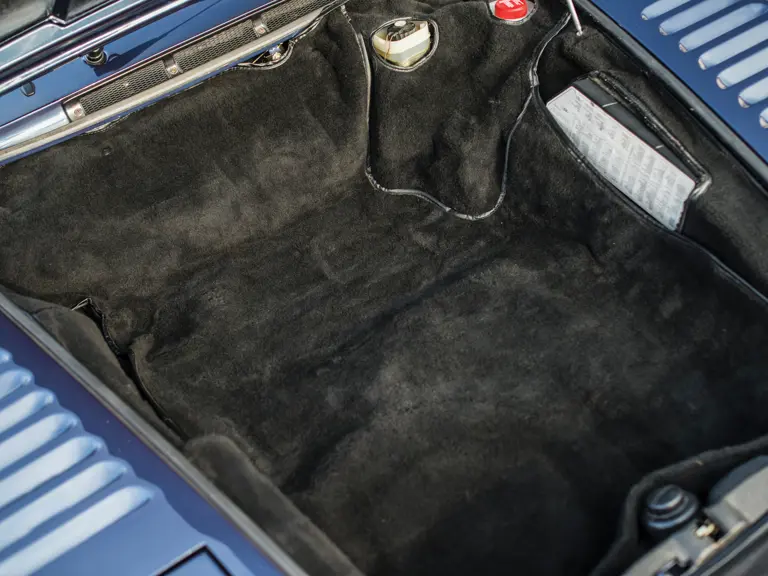
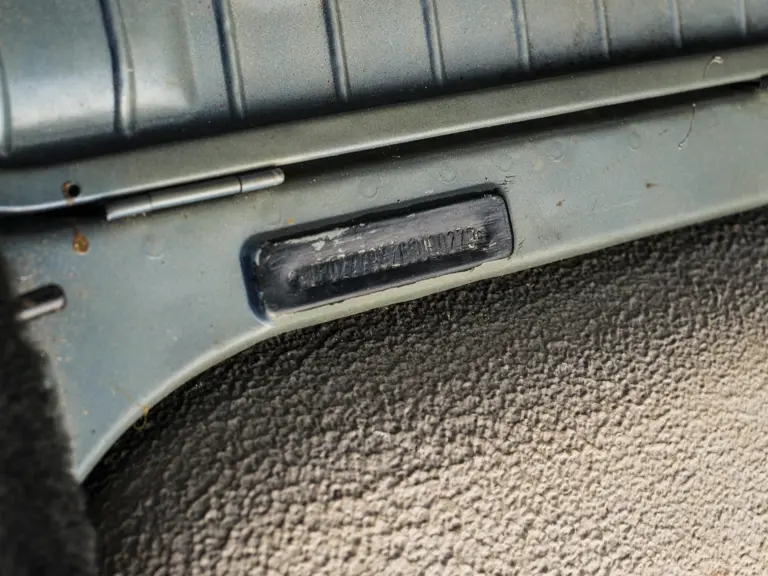
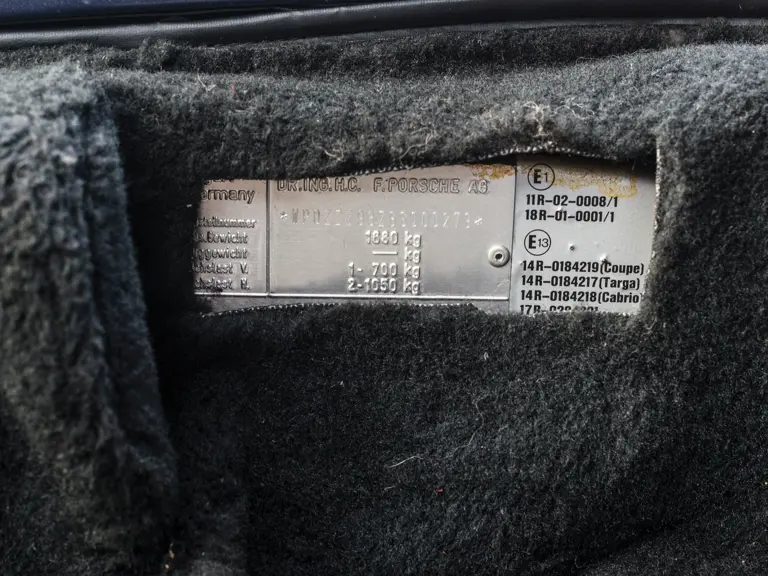
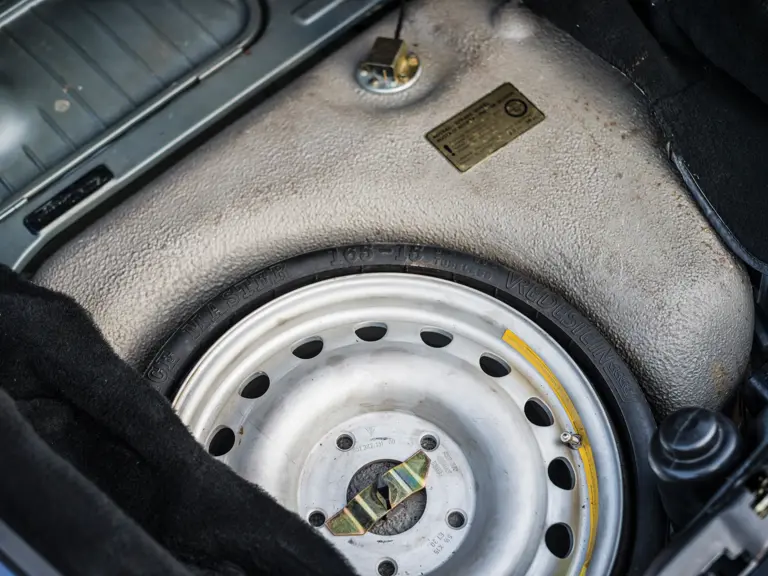
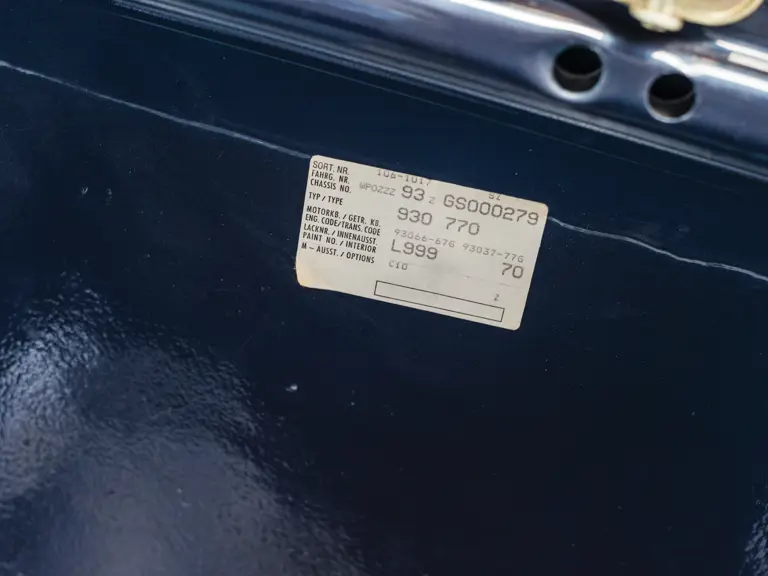

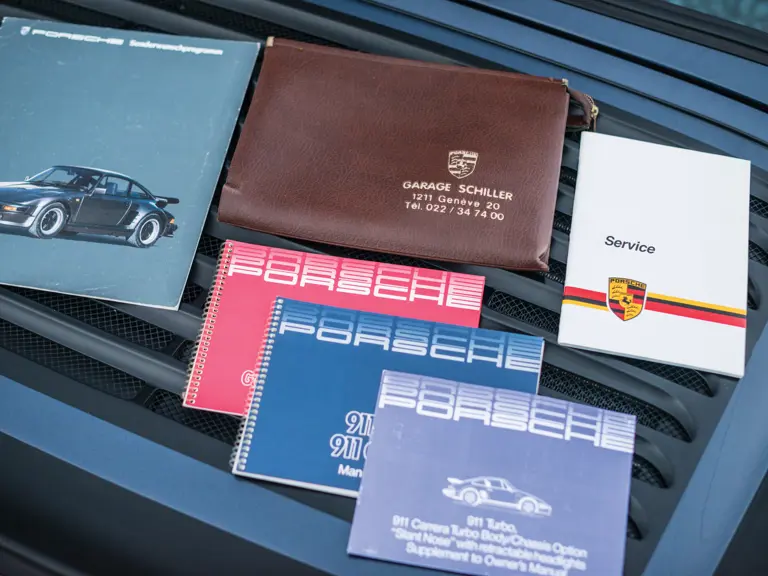


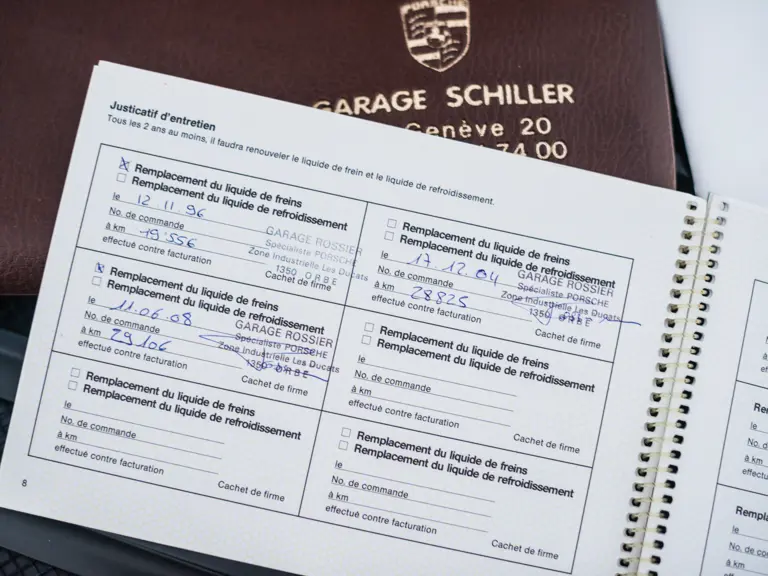

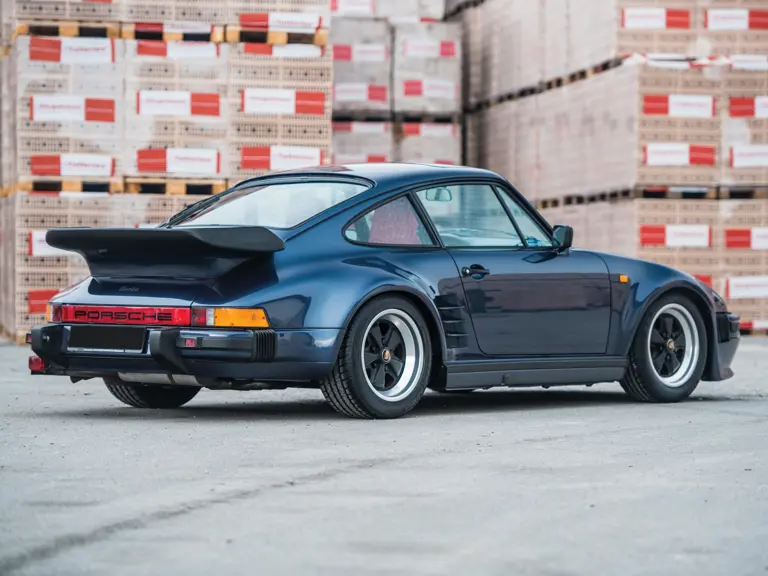
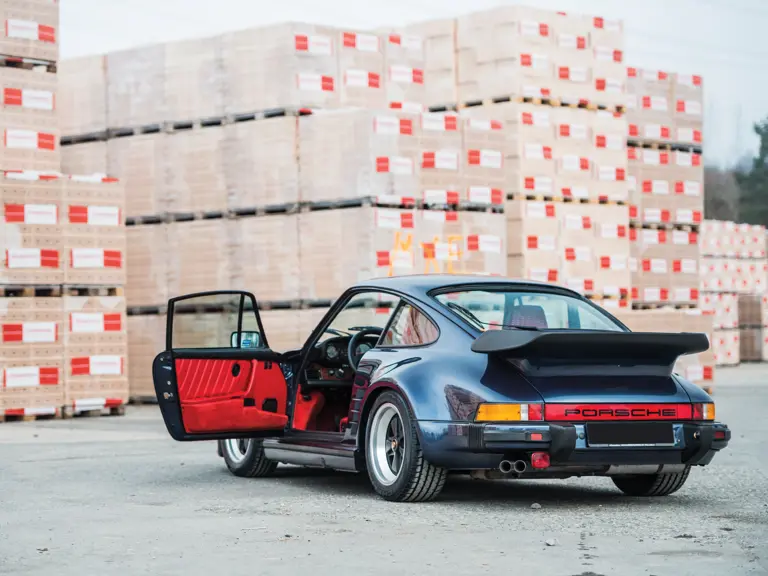

 | Paris, France
| Paris, France
